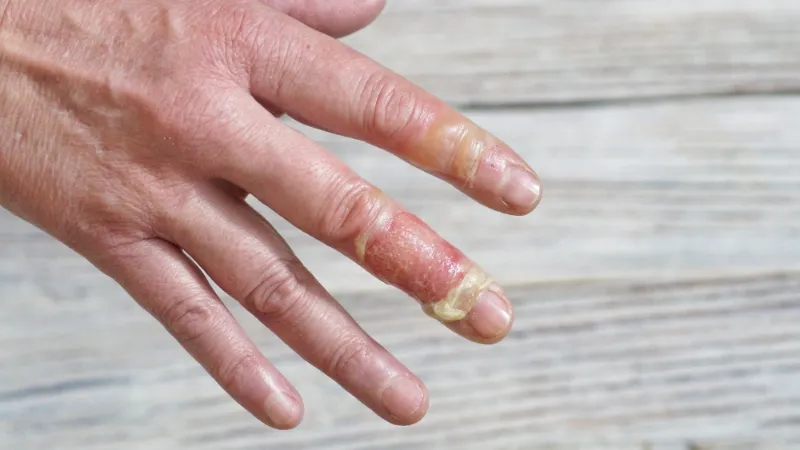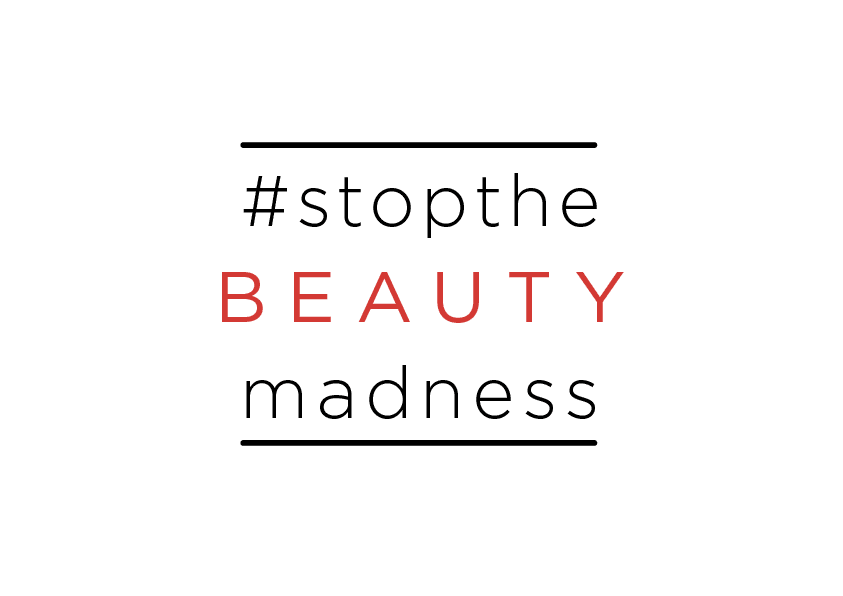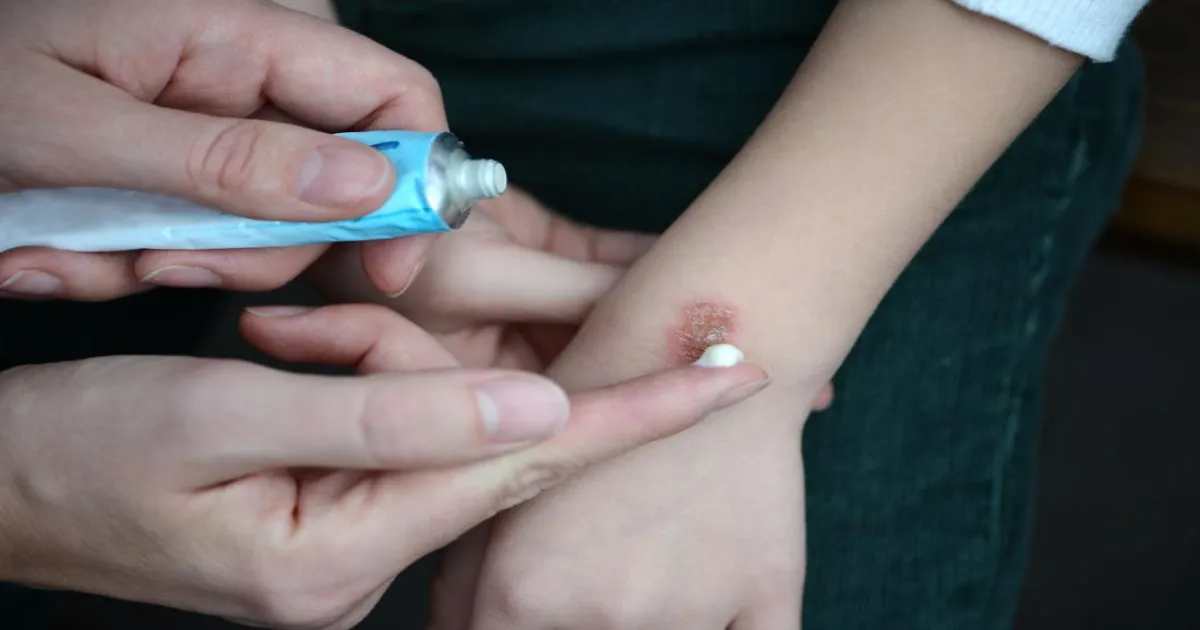How to Best Treat Burn Scars? The epidermis is the thinner layer of the skin’s surface, composed mainly of epithelial cells. The external cells contain the tough protein keratin and are called keratinocytes.
The basal, or deepest epidermal cells, are attached to the basement membrane by sticky molecules (or glue), namely fibronectin. These immature cells are continually proliferating and migrating toward the surface, to replace damaged skin cell molecules; e.g., following the event of a wound.
The same kinds of regenerating epidermal cells are located in hair follicles and other skin structures, which are anchored to the dermis. As the cells mature and migrate to the surface, they form keratin, which becomes an effective barrier to environmental hazards that cause oily skin or excessive water evaporation.
The stratum corneum is the ‘external layer’ of the epidermis, consisting of several flattened layers of devitalized keratinocytes as well as keratin. This layer protects against the entry of bacteria and toxins, primary causes of inflammation.
This regenerative mechanism’s recovery of the epidermal layer takes 2-3 weeks. However, burn scars regenerate depending on an ideal tissue-healing environment, which includes contact cues for cell replication and migration as well as chemical stimuli called growth factors. These cues and stimuli at the injury surface are needed to direct proper orientation and mitotic response of the epidermal cells. Many of the cues come from skin elements, especially the matrix protein fibronectin, and matrix components such as hyaluronic acid.
Dermis Functioning

DERMIS – The dermis is separated into a thin, external layer called the ‘papillary dermis’, containing the anchoring epidermal rate pegs and the thicker, lower part called the ‘reticular dermis’. The papillary dermis is the most bioactive part of the dermis. The primary cell type is the fibroblast, which makes the main supportive extra-cellular matrix proteins, collagen and elastin, as well as matrix or ground substance. In addition, these cells produce the main adhesion proteins used to attach epidermal cells to the basal membrane and are used for epidermal cell migration and replication.
Fibronectin is a basic fibroblast derived signal protein for the organization of curing. The ground substance or matrix is made up of complex polysaccharide-protein complexes called protein, glycosaminoglycans or the GAG element, as well as hyaluronic acid. The matrix is a semi-fluid that permits cell and connective tissue arrangement, nutrient distribution to the cells, and also provides a scaffolding for cell migration.
BASEMENT MEMBRANE – The link between the layers of the dermal-epidermal junction is the basement membrane, which secures the epidermal cells from above and the dermis from below.
THICKNESS – Normal thickness of this bilayer is 1-2 mm and is even more thinner in infants and the elderly.
The epidermis has proliferating epithelial cells at the basement membrane, permitting it to migrate to the surface and form keratinocytes and encouraging biological skin renewal. The basement membrane, rich in adherence proteins, secures the epithelial cell layer. The dermis is made of components made by fibroblasts, including collagen (mostly type I), glycosaminoglycans, and other essential proteins.
Now you can enjoy a scarless and healthy skin thanks to the benefits of our latest skin scar removal cream, elaborated with biological components to ensure the best results. Burn scars regenerative properties are promoted by the inherent properties of Helix Aspersa Muller, the integral ingredient in this scar cream. Burn treatment deserves the highest quality care that has proven to be effective.

